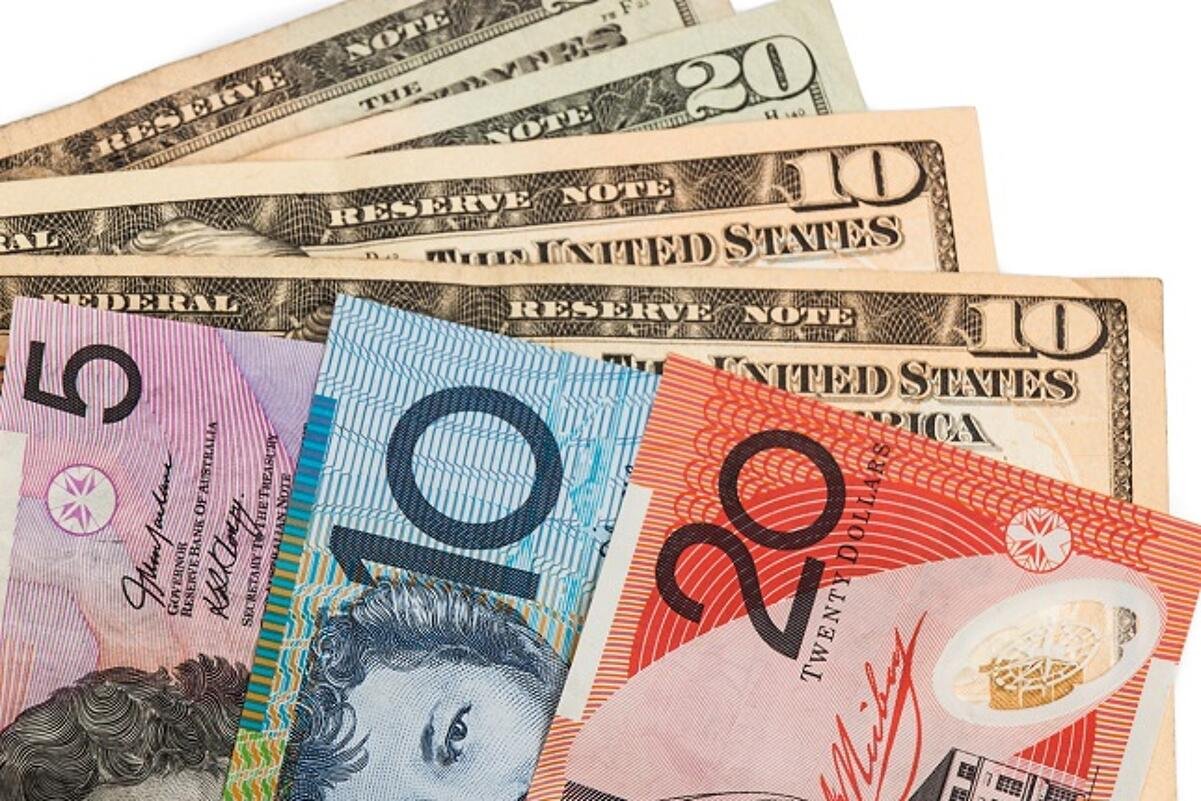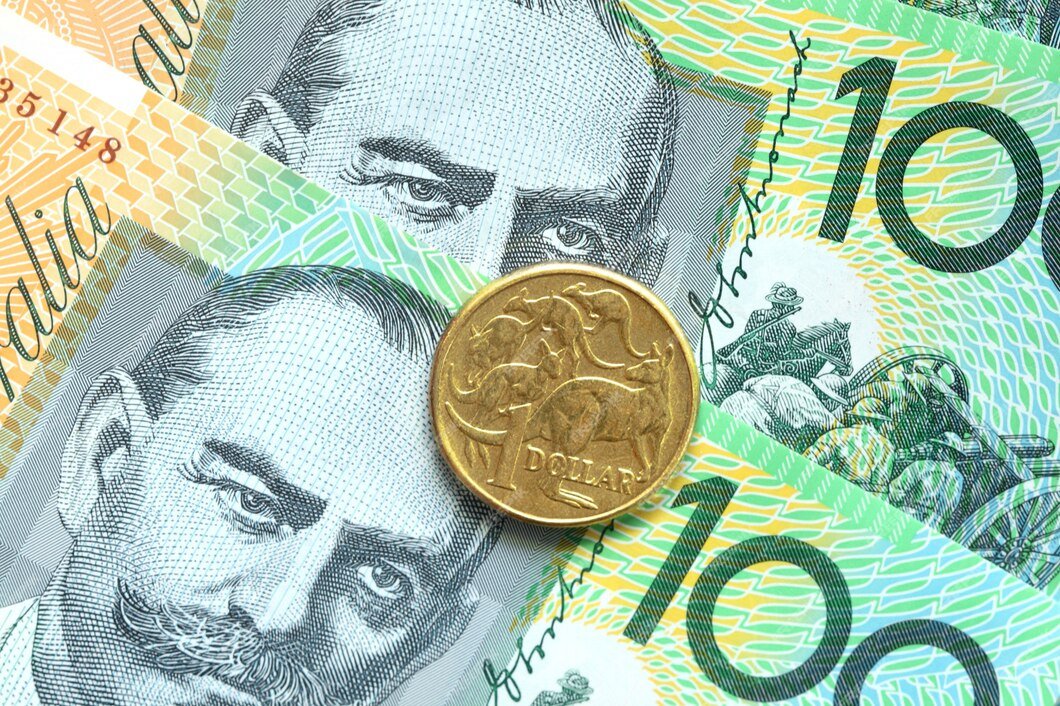AUD/USD Slumps Close to 0.6300 in Face of Growing Risk Aversion and US Tariff Fears
The AUD/USD has fallen towards the 0.6300 level as risk aversion increases following increased concerns regarding US tariff policy, increasing the demand for safe-haven currencies like the US Dollar. The Australian Dollar is still on the back foot due to soft domestic jobs data, which is making traders revalue the Reserve Bank of Australia’s monetary policy perspective. As US bond yields fall as investors flock to Treasuries for safety, Fed Chair Jerome Powell conceded the difficulty in assessing the wider inflationary effects of tariffs even as he minimized their near-term impact. Cautious market sentiment prevails as economic uncertainties and changing central bank expectations remain at the helm of currency fluctuations. KEY LOOKOUTS • Safe-haven demand for the US Dollar could continue to weigh on AUD/USD amidst increasing geopolitical and economic uncertainty. • Market players closely monitor RBA’s policy, with lower jobs data fuelling speculation over possible rate reductions in the months ahead. • Future US releases of data, particularly inflation and employment, will be pivotal to influencing Fed policy expectations and USD direction. • Any intensification of US tariff news or overall risk sentiment would further fuel volatility and influence AUD/USD direction. The AUD/USD is still closely watched as several factors have been guiding its path. Increasing US Dollar demand amid surging risks aversion and US tariff policy concerns continues to press the key Australia Dollar. Meanwhile, weak Australian labor market statistics have prompted traders to re-evaluate the Reserve Bank of Australia’s policy tone, raising speculation of future rate cuts. Market players are also eyeing future US economic data, which might further affect Federal Reserve expectations and currency fluctuations. Changes in global sentiment or intensification of tensions relating to trade might contribute to volatility in the pair. AUD/USD remains around 0.6300 due to safe-haven demand pushing the US Dollar higher in light of increasing US tariff tensions. Downbeat Australian jobs data adds to the pressure, stoking speculation regarding future RBA rate cuts. Markets now look for major US economic indicators for guidance. • AUD/USD is trading around 0.6300, pressured by increasing risk aversion and increased US Dollar demand. • Safe-haven flows support USD, fueled by US tariff policy concerns and worldwide economic uncertainty. • US bond yields fall as investors turn to Treasuries for safety amid market and geopolitical uncertainty. • Fed Chair Powell minimizes inflation effect of tariffs, but admits difficulty in measuring broader economic impacts. • US Initial Jobless Claims increased to 223K, narrowly missing forecasts and contributing to risk-averse market sentiment. • Australian Dollar weakens after disappointing jobs data raise the alarm over the health of the labor market. • RBA policy outlook questioned, with markets speculating over future rate cuts despite the central bank’s conservatism. The Australian Dollar is facing pressure as global market sentiment shifts towards caution with increasing worries over US trade policies. Investors are now betting on the US Dollar as a safe-haven currency as anxiety rises about future economic shocks resulting from new tariffs from the US. This greater risk-aversion is fuelling currency market direction, and market participants watch closely for events in geopolitics and policy communications by large economies. Financial markets are more in defensive mood today, propelling demand towards defensive assets and impacting currency prices internationally. AUD/USD Daily Price Chart Chart Source: TradingView To this conservative mood comes the additional news of weaker-than-forecast employment figures from Australia. The unemployment rate having held steady, the fall in overall employment created renewed doubts about the vigor of the nation’s labor market. Consequently, market players are reviewing again the Reserve Bank of Australia’s policy path and more speculation about additional scope for cutting interest rates. Yet, the central bank has been cautious in tone, hinting at a cautious and data-driven policy in the next few months. TECHNICAL ANALYSIS AUD/USD is still under sustained bearish pressure, trading around the important psychological support level of 0.6300. The pair still trades below important moving averages, showing a consistent downtrend. Momentum indicators like the Relative Strength Index (RSI) also indicate a bearish bias, but not yet oversold, with scope for further decline. Any decisive break below 0.6300 could take the pair deeper into support levels, while any recovery attempt could be resisted around the 0.6350–0.6380 area. Traders are likely to observe these levels closely for possible breakout or reversal signals. FORECAST If sentiment in the market picks up and risk appetite comes back, AUD/USD may recover modestly. A recovery in global equities or a relief on US tariff concerns might dampen the safe-haven bid for the US Dollar, providing some relief to the Australian Dollar. Any surprise upside in Australian economic data or a more dovish tone from the Reserve Bank of Australia (RBA) could also induce a short-term rebound. In this case, the duo might try to retest resistance levels of 0.6350 and possibly 0.6380 if bullish sentiment gathers pace. On the bearish side, ongoing risk aversion and lingering worries about global trade tensions might keep AUD/USD under selling pressure. A strong US Dollar, supported by safe-haven flows and robust US economic data, might push the pair below the pivotal 0.6300 level. If this support is convincingly violated, subsequent falls toward 0.6250 or even 0.6200 cannot be discounted. Further, any subsequent indications of weakness in the labor market of Australia or dovish rhetoric from the RBA would bolster the bearish outlook for the Australian Dollar in the near term.










